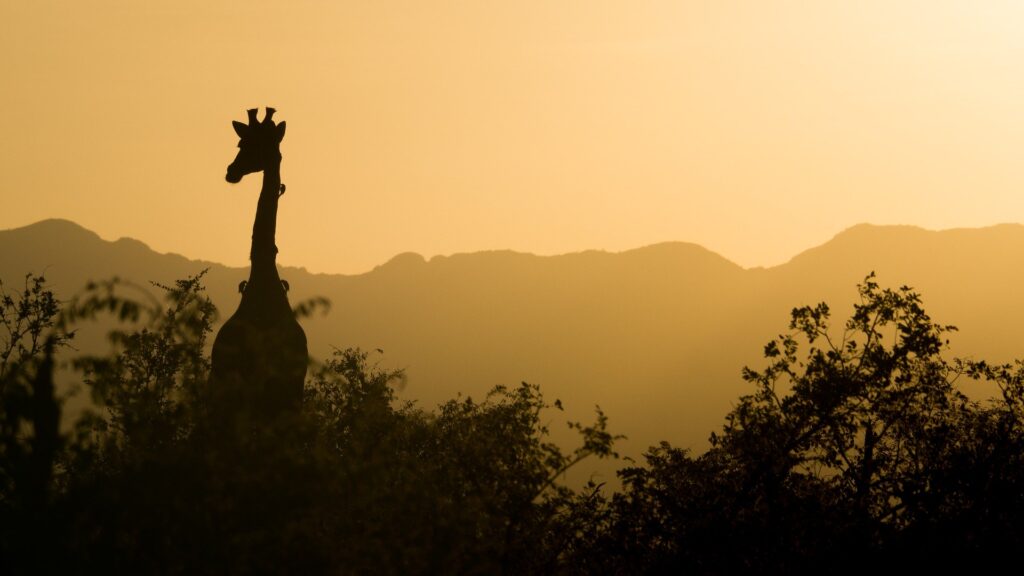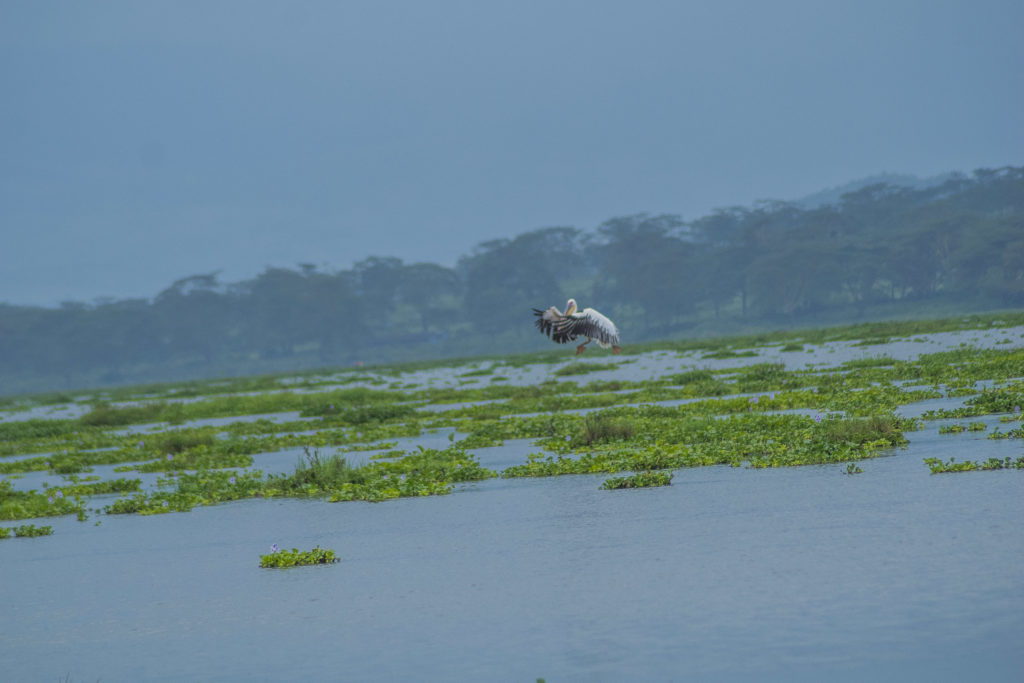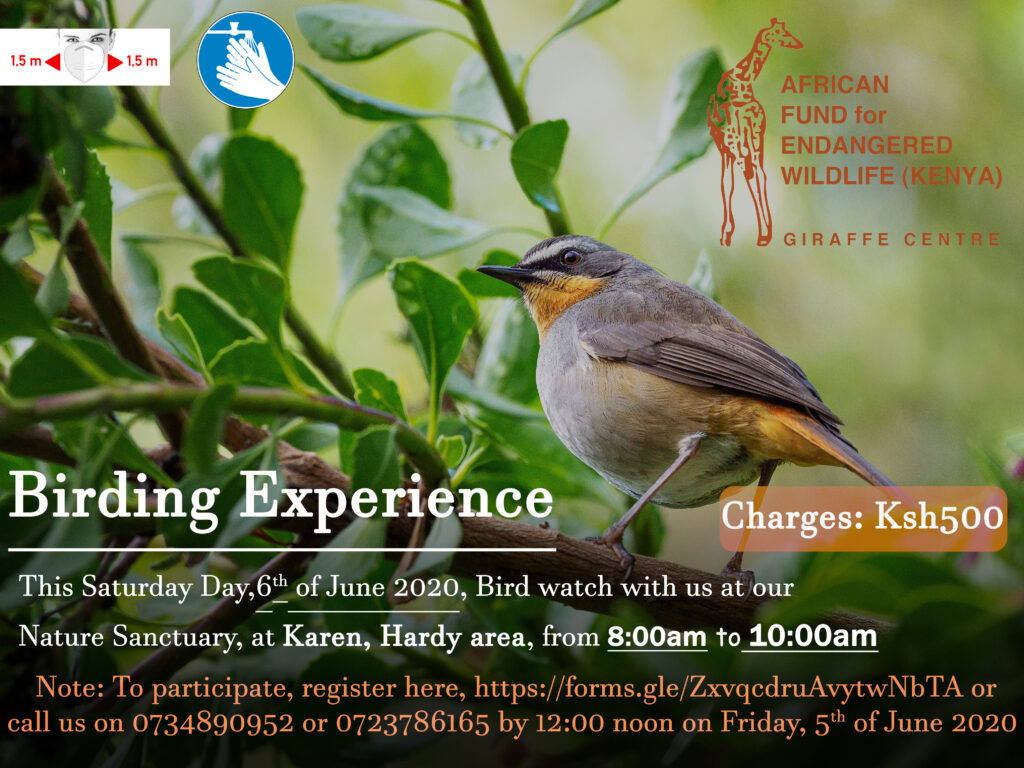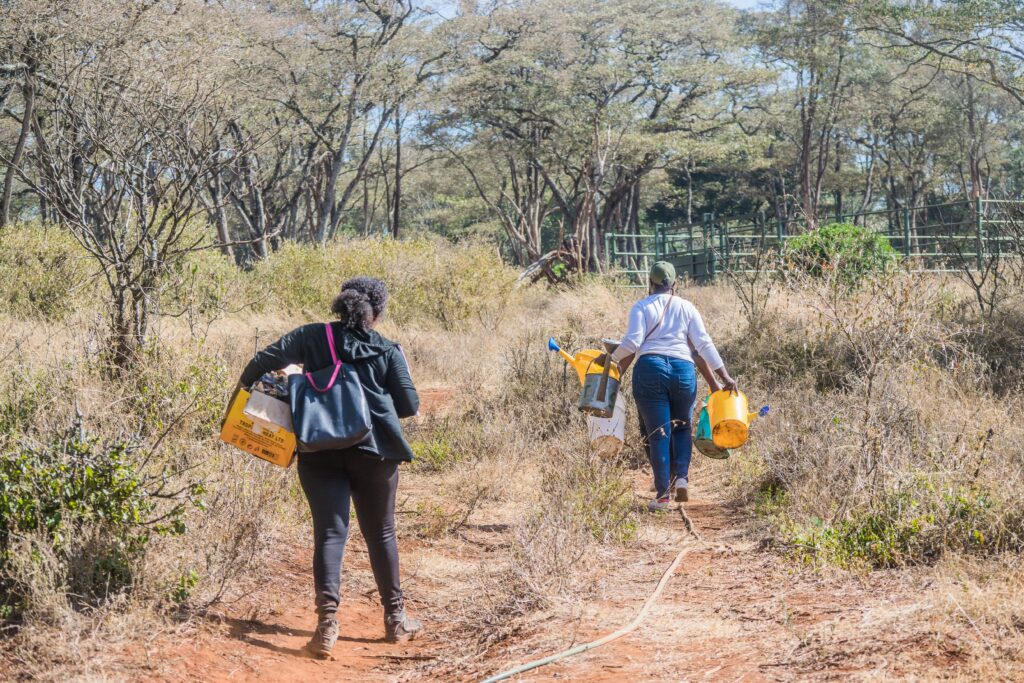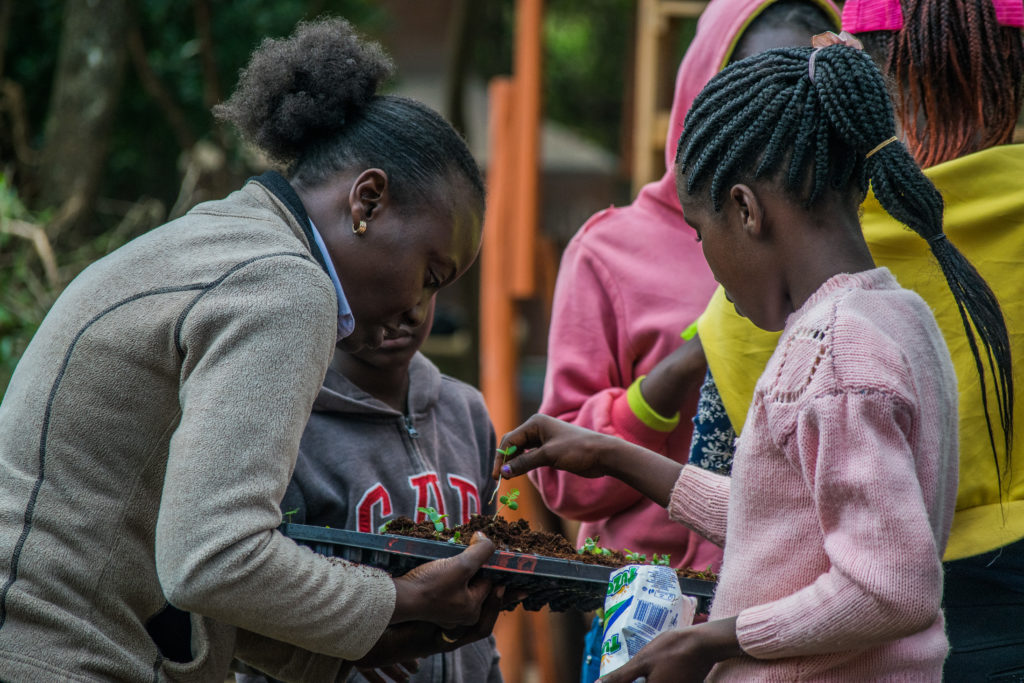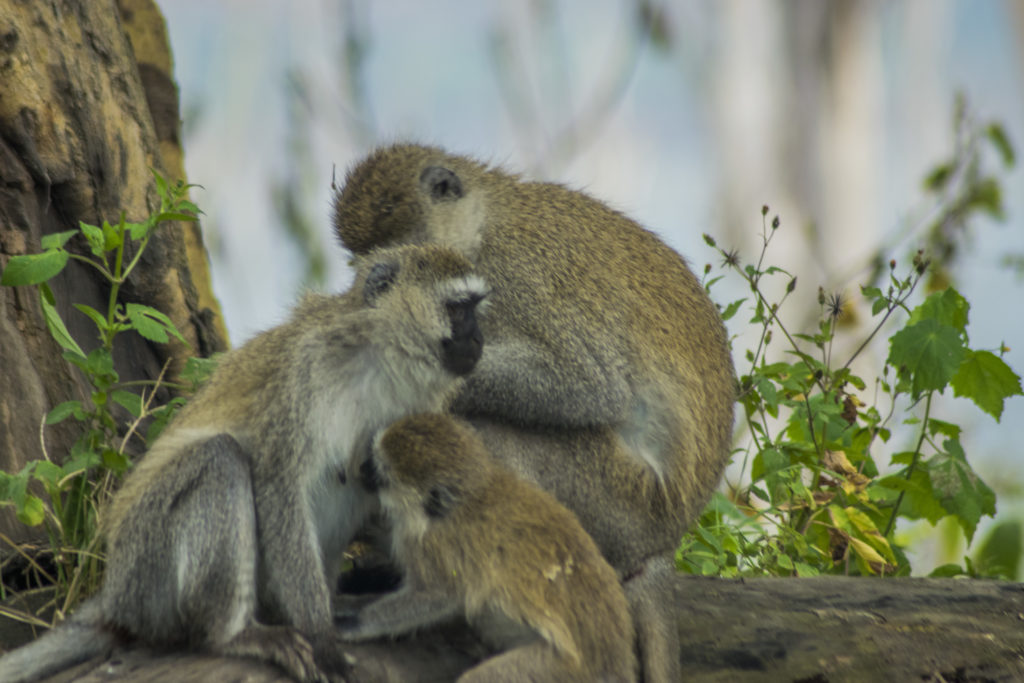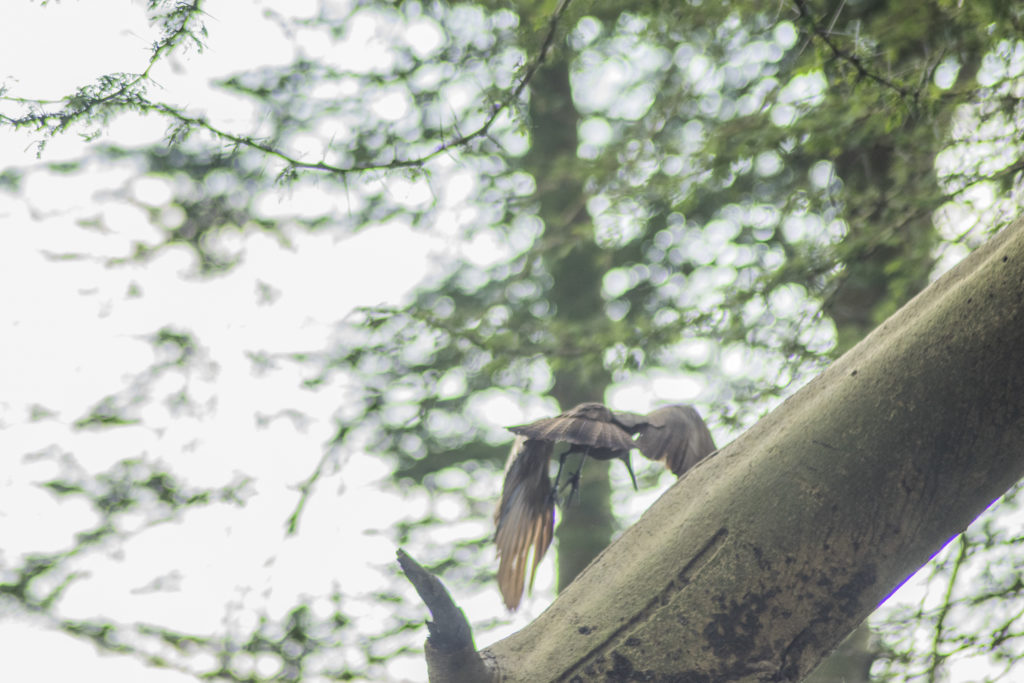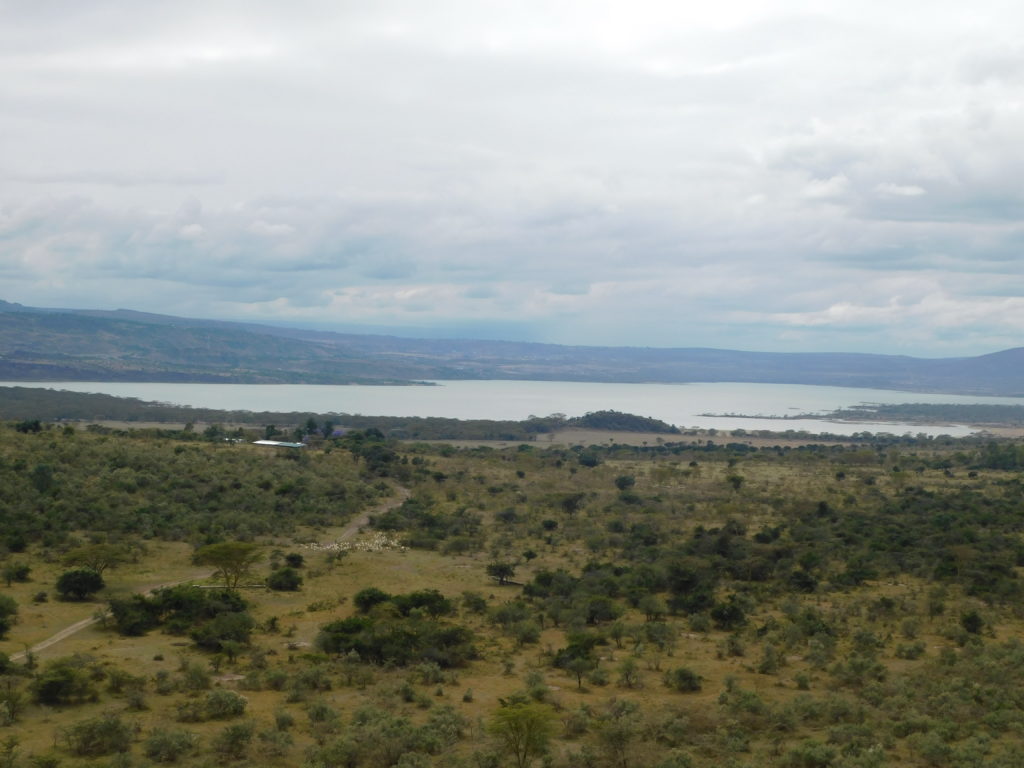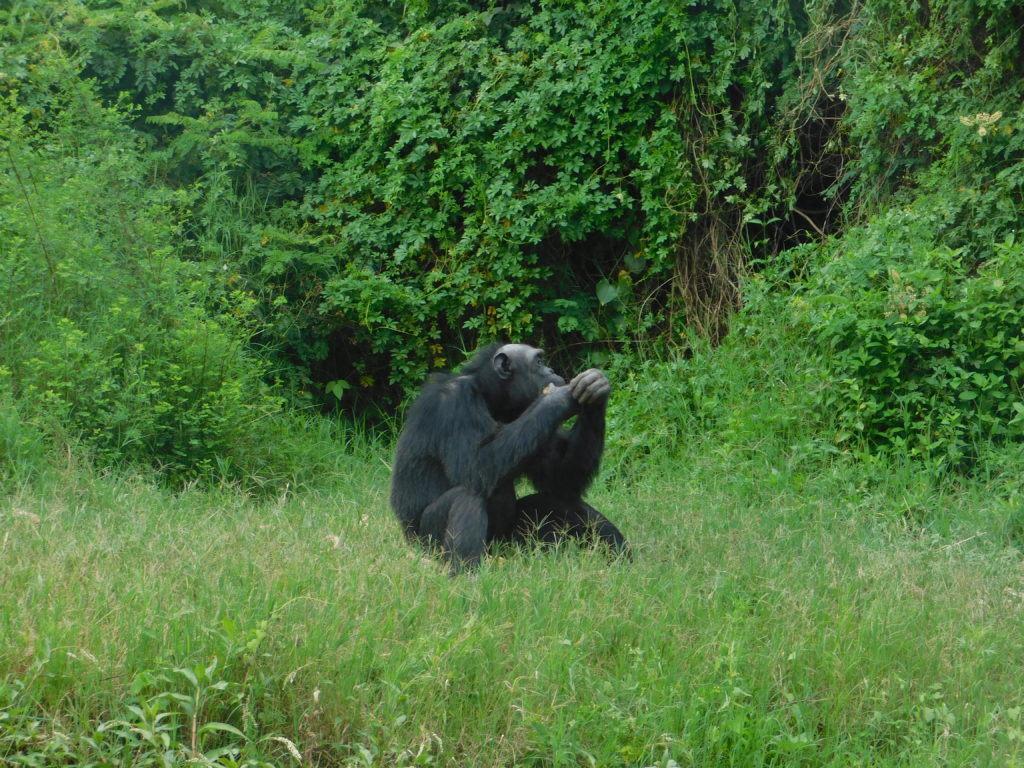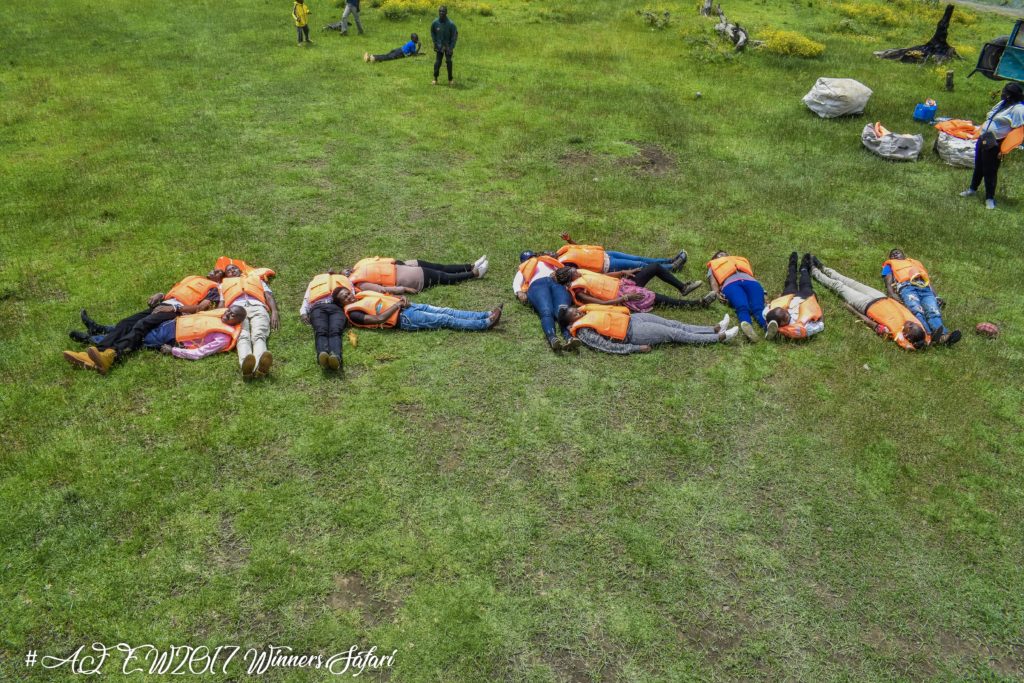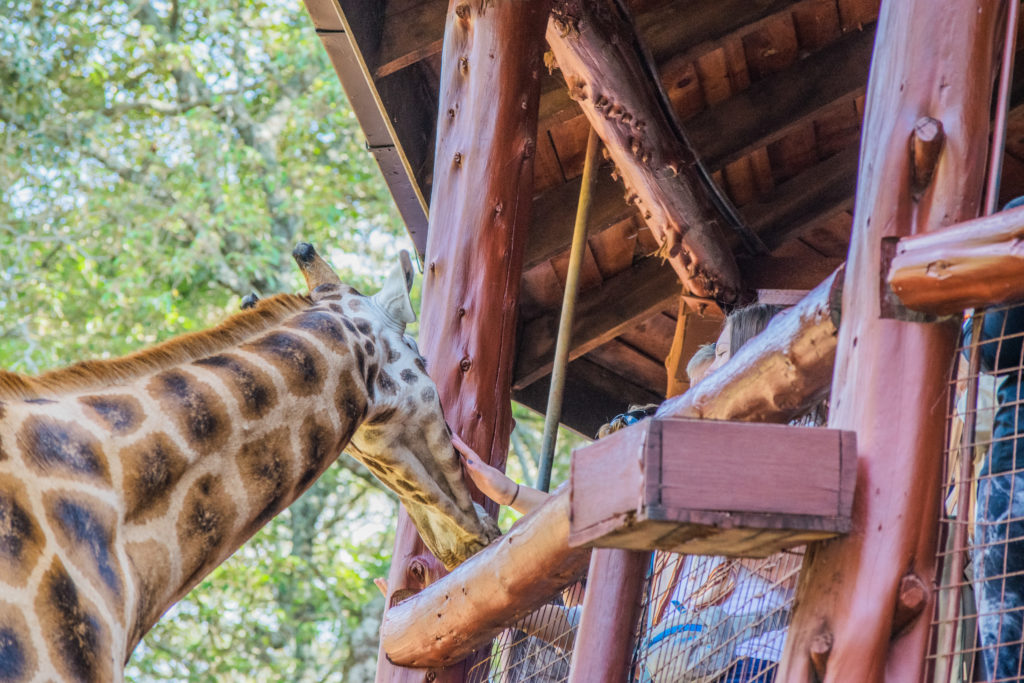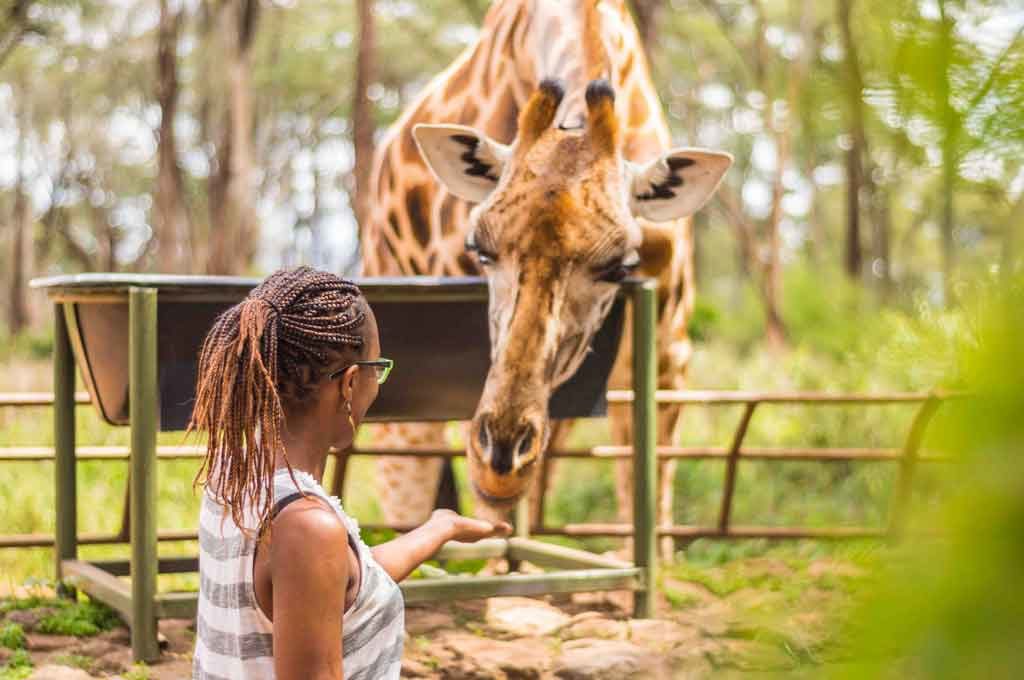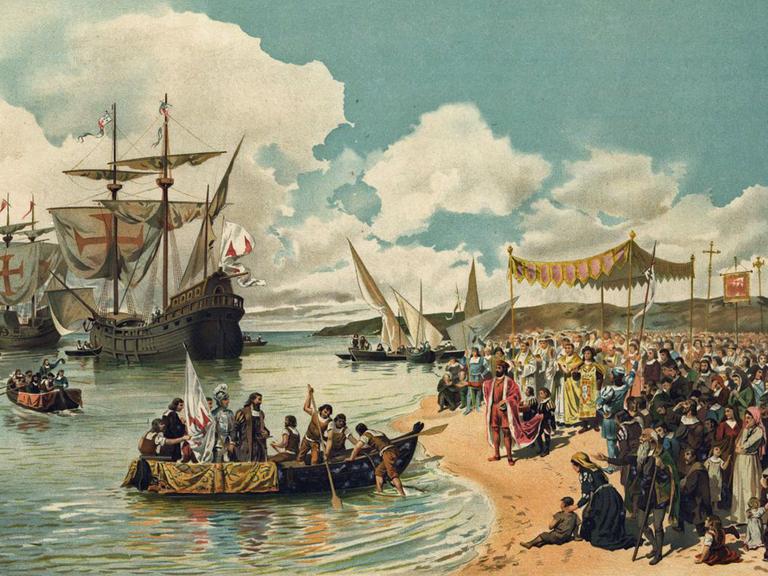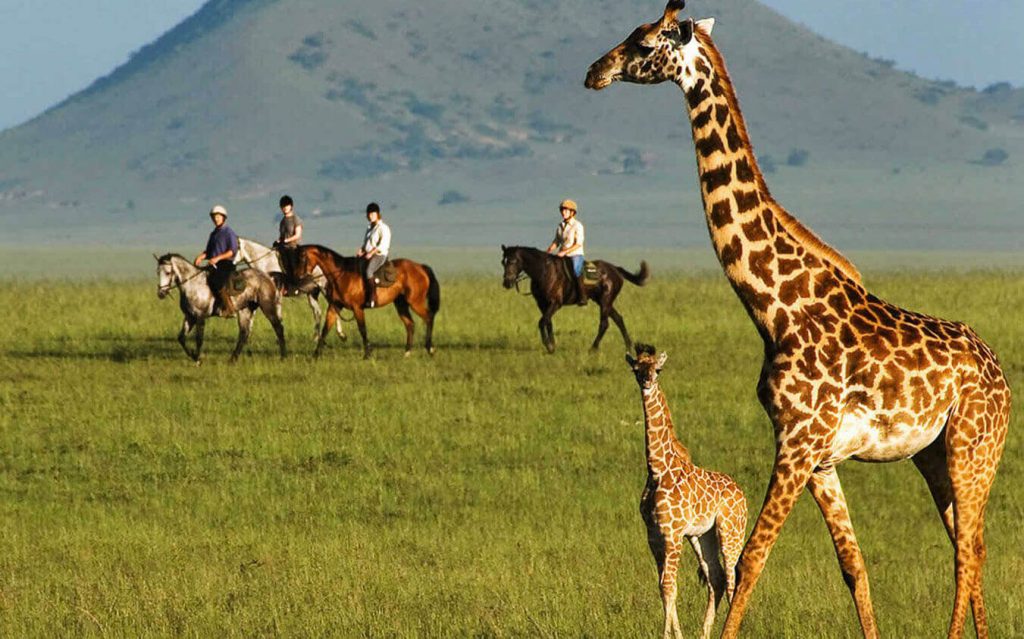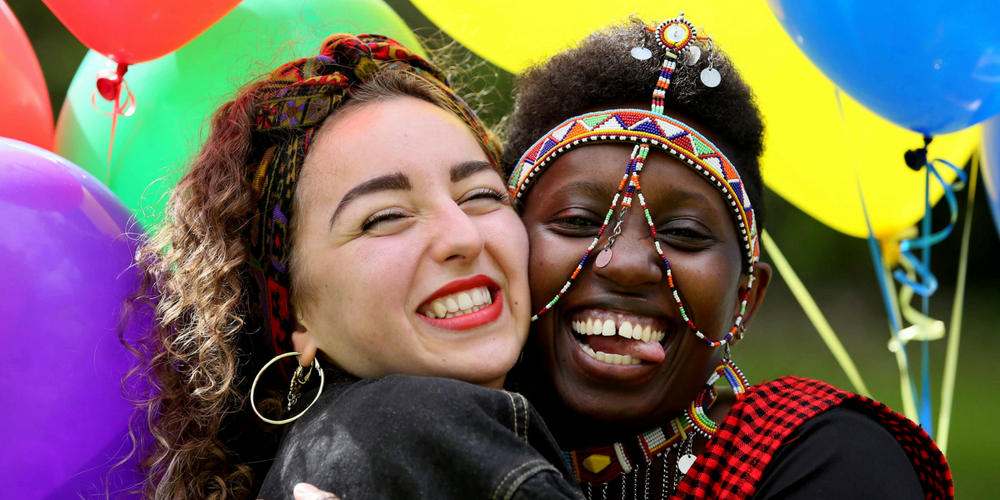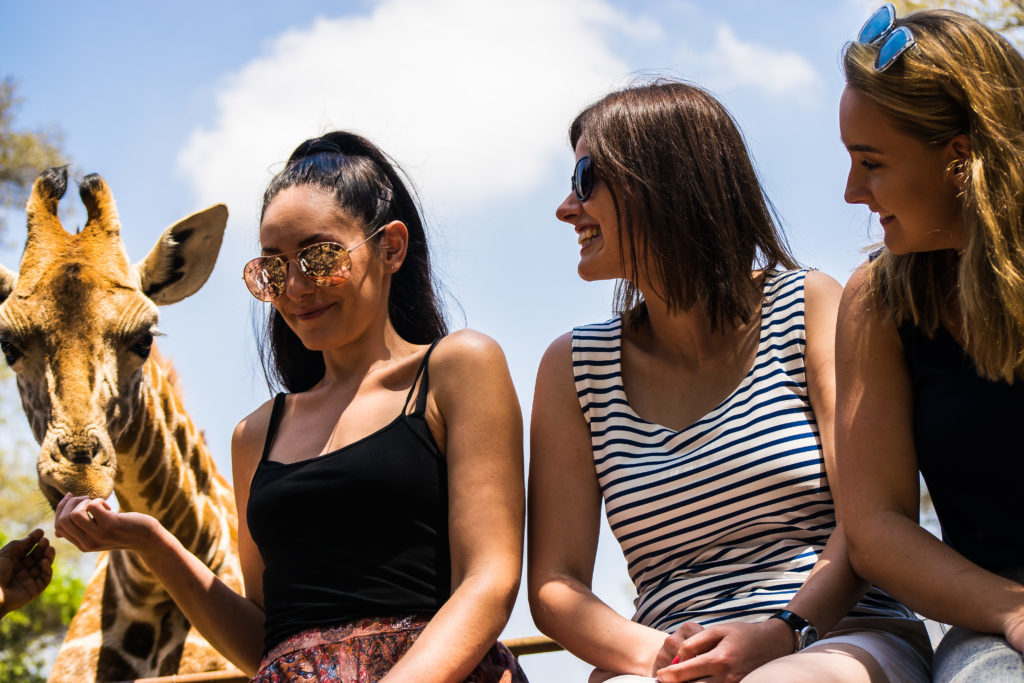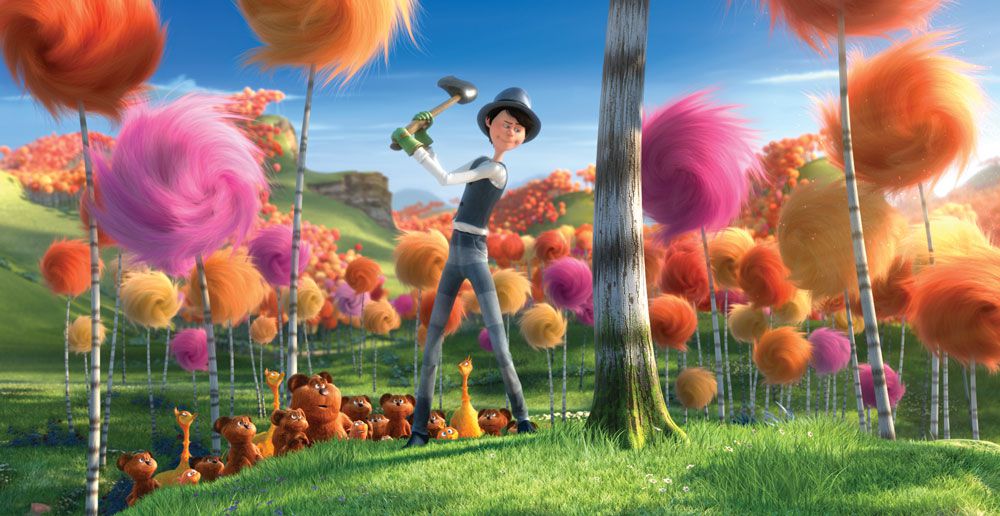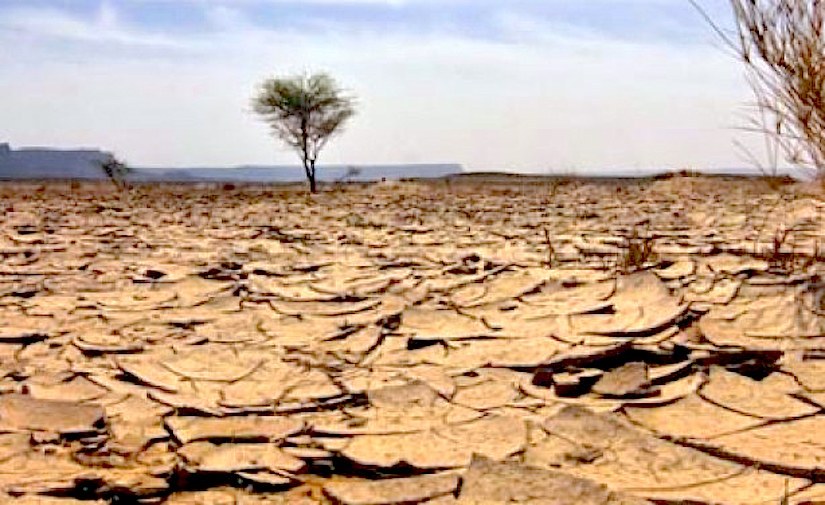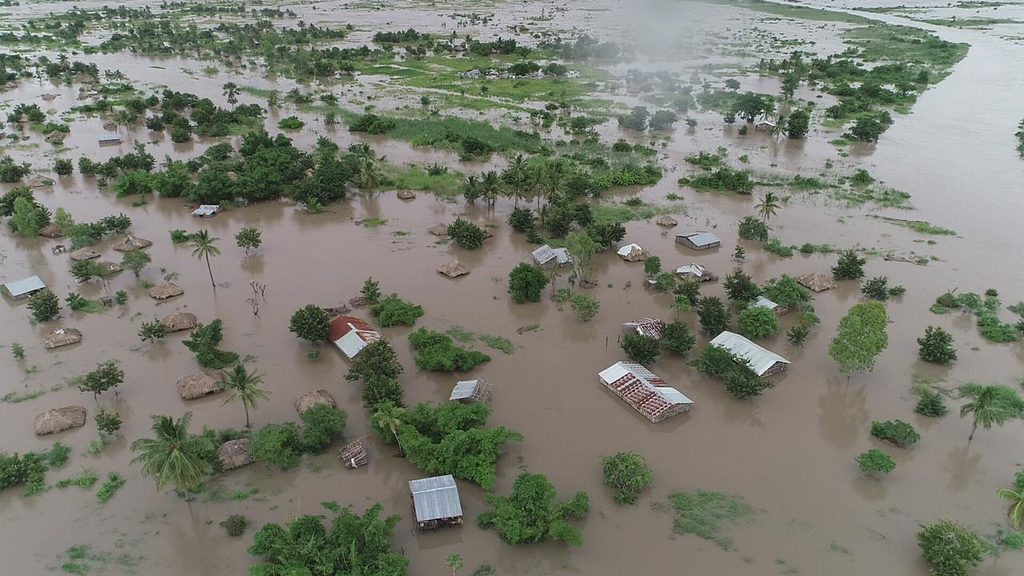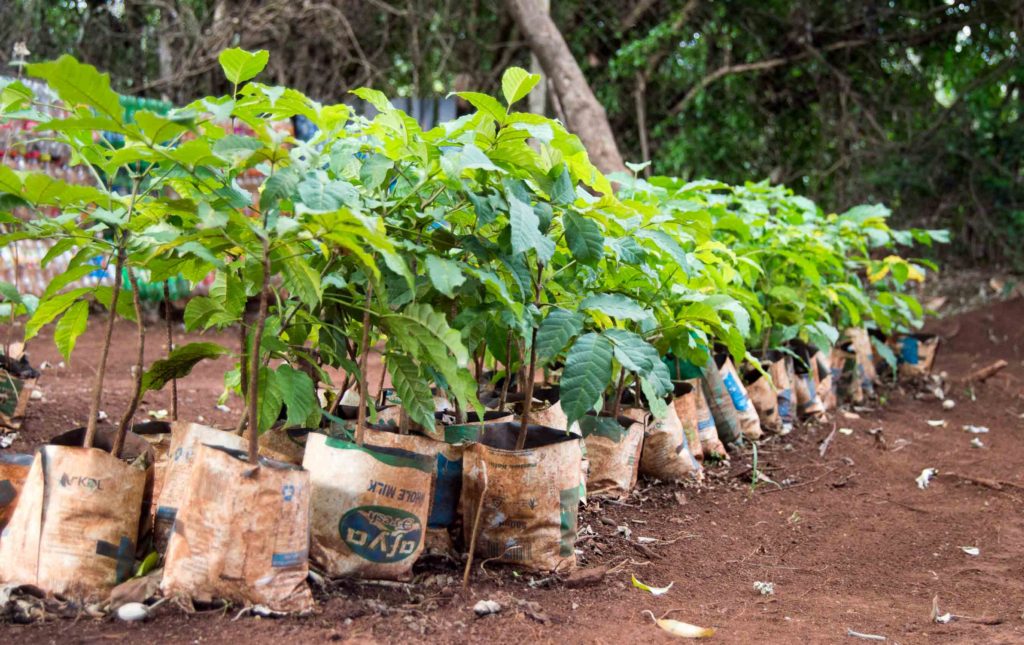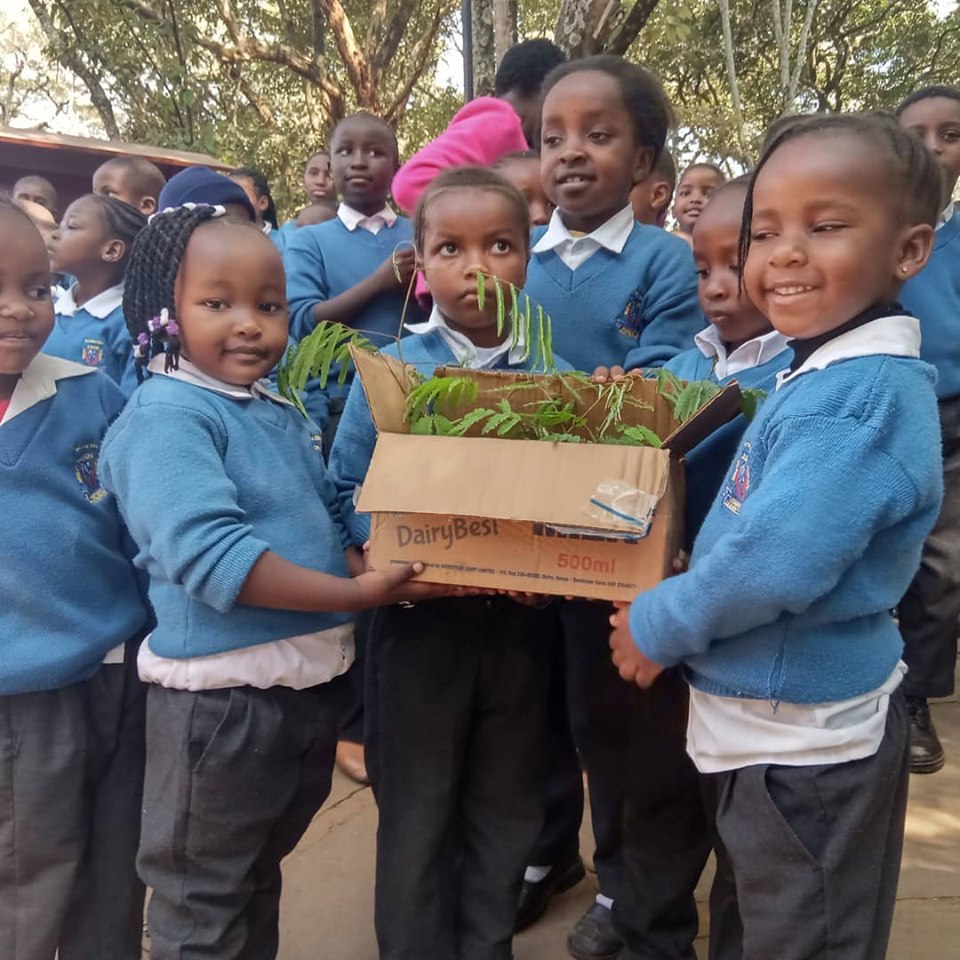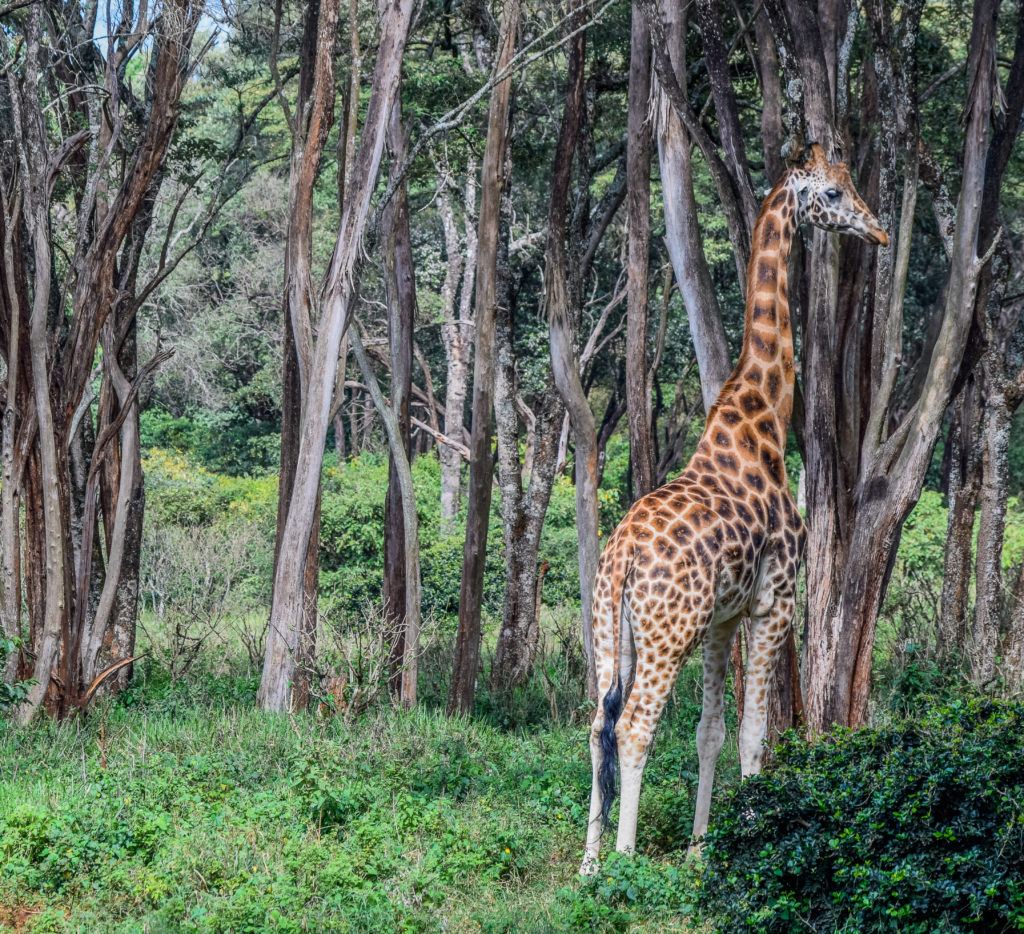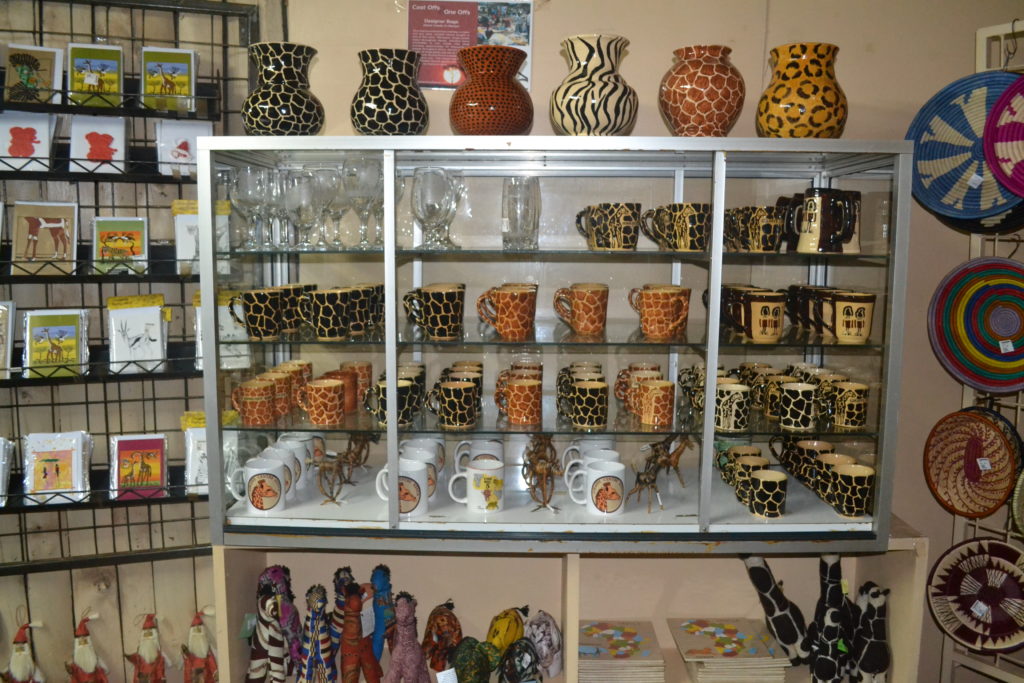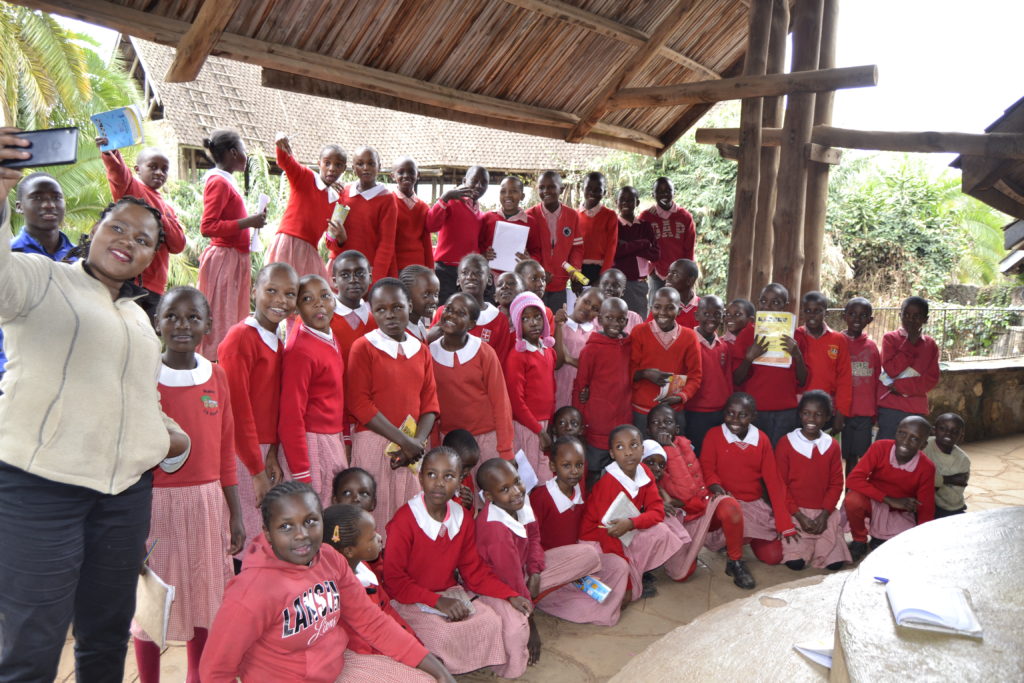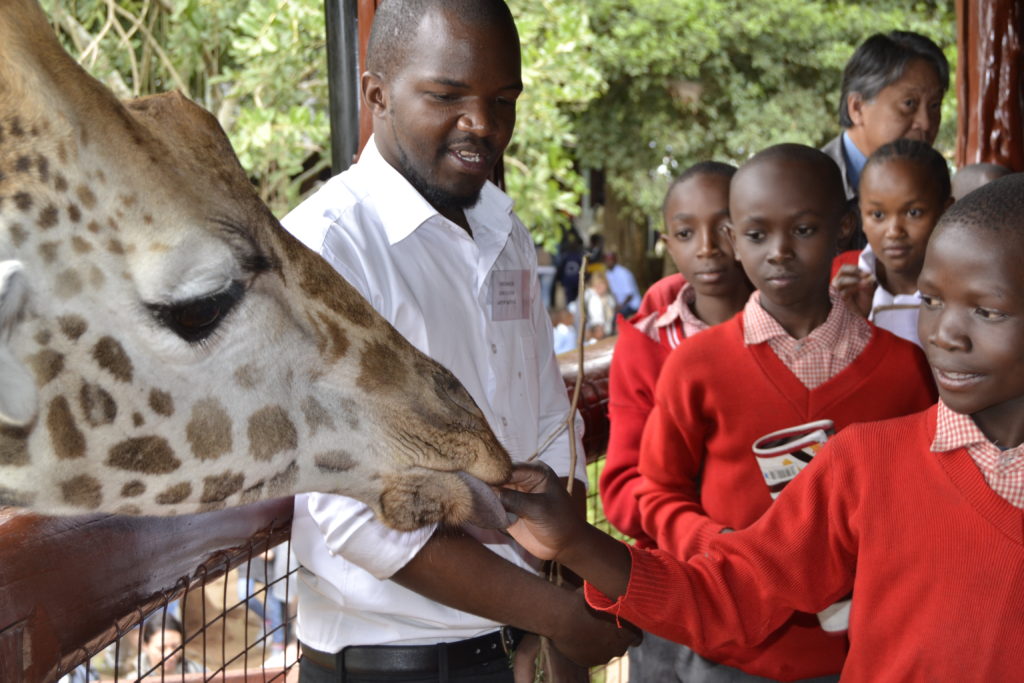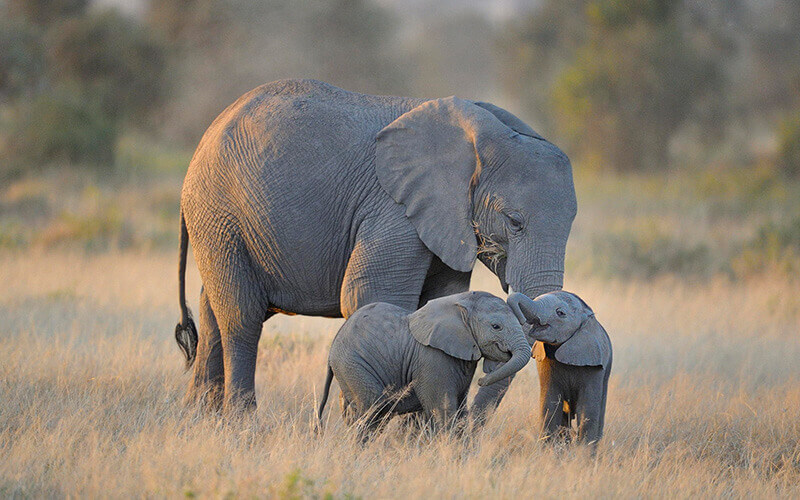The African Fund for Endangered Wildlife-Kenya was established in 1979 by Jock and Betty Leslie Melville as a breeding Centre for the endangered Rothschild Giraffes. We pride ourselves as one of the oldest giraffe conservation organization in the world. The organization’s story has been one of progressive giraffe conservation, and vibrant transformational conservation education programmes for the youth of Kenya.
Since the time the organization was established, the Rothschild’s giraffe population in Kenya has tremendously increased from 130 to slightly over 700 individuals in the wild.
Did you know giraffe populations have plummeted by 40% and that they are listed as Vulnerable to extinction on the International Union for Conservation of Nature (IUCN) Red List? This is mainly due to habitat degradation, climate change and poaching. Well, you and I can do something to avert this looming biodiversity crisis. Join us and let us give giraffes overriding attention and rescue them from this silent extinction. We can do this by caring for our environment and creating awareness about the importance of biodiversity conservation.
On Sunday 21st June, 2020, AFEW Kenya joins other partners in celebrating World Giraffe Day. The day is dedicated every year to celebrate and raise awareness about the world’s tallest mammal on the longest day and/or night of the year! (Depending on which hemisphere you are in).
Join us in celebrating these icons by sharing with us a one word description of a giraffe. Share this with us on our social media sites below and use the hashtag #ILOVEGIRAFFES and #WORLDGIRAFFEDAY2020.
Happy World Giraffe Day from all of us here!
Connect with us on:
Twitter: @GiraffeCenter
Instagram: @GiraffeCentre_
Facebook: African Fund For Endangered Wildlife (Kenya)-Giraffe Centre.
#ILOVEGIRAFFES
#WORLDGIRAFFEDAY2020
#STANDTALLFORTHEGIRAFFES
